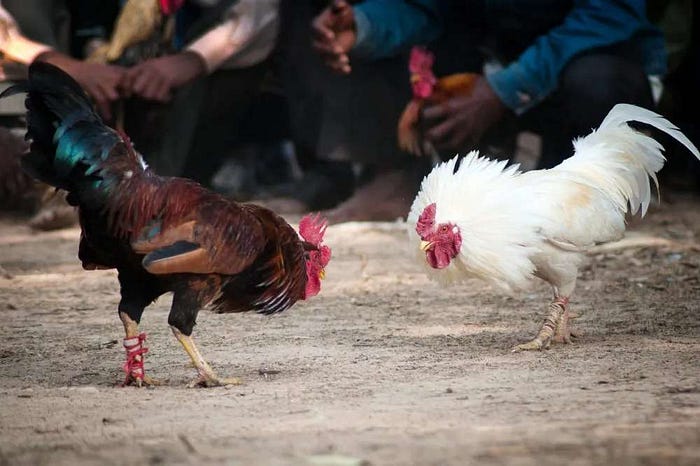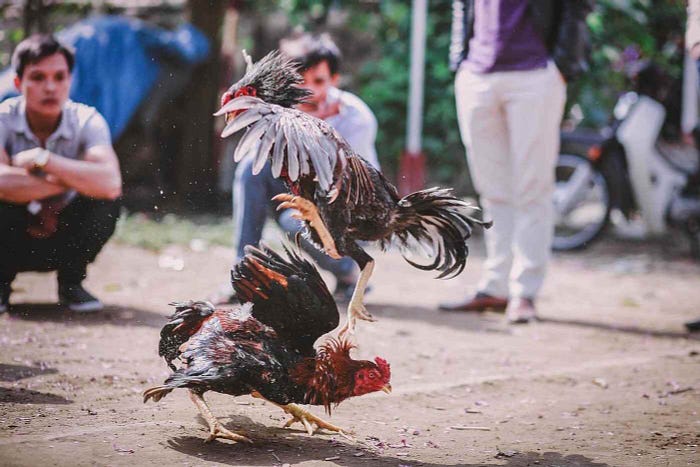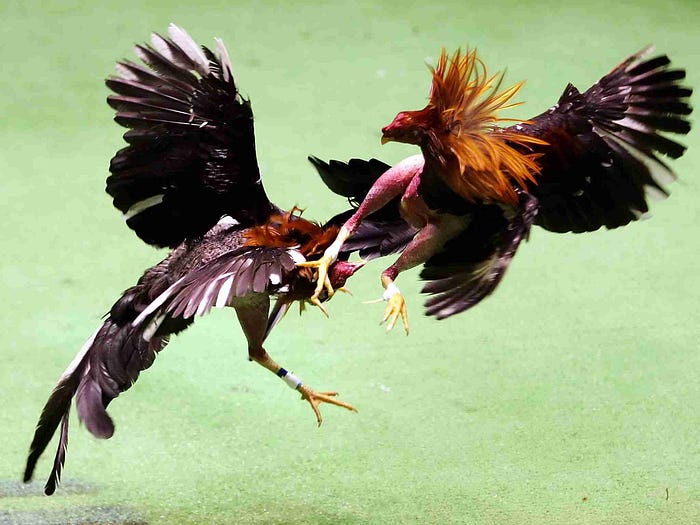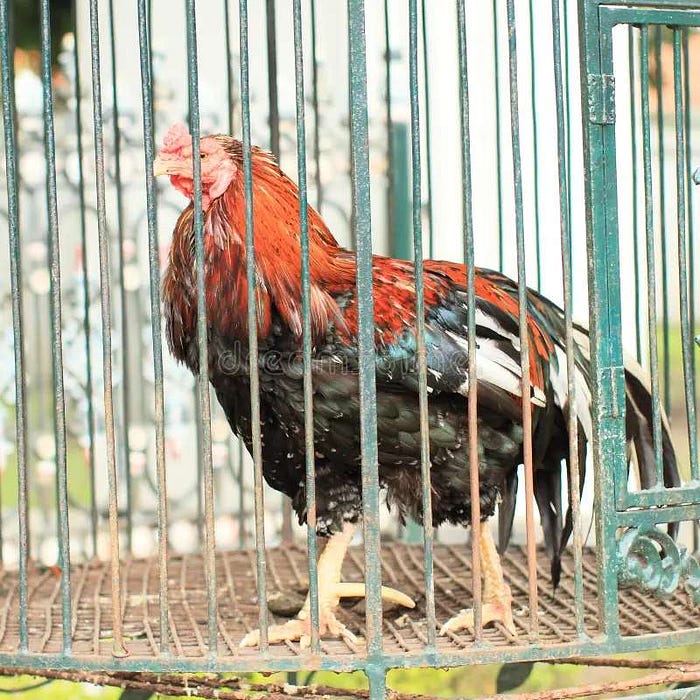views
Cockfighting: A Controversial Tradition
Cockfighting: A Controversial Tradition

Cockfighting is an ancient practice that has persisted across cultures for centuries. This blood sport, involving two roosters trained for aggression and equipped with sharp spurs, has stirred significant debate. While some see it as a cultural tradition or a form of entertainment, others vehemently oppose it due to ethical concerns.
The Origins of Cockfighting

Cockfighting has a long history, dating back thousands of years. Historical records indicate that it was practiced in ancient Persia, India, and Southeast Asia. The sport later spread to Europe and the Americas, becoming entrenched in the traditions of many societies. In countries like the Philippines, Indonesia, and Thailand, cockfighting is not only a pastime but also a part of cultural ceremonies and festivals.
The Mechanics of Cockfighting

Cockfighting involves specially bred roosters known as “gamecocks.” These birds are trained rigorously to enhance their aggression and stamina. During a fight, they are often equipped with sharp metal spurs or knives attached to their legs to maximize damage. The battles, which occur in an enclosed pit, usually continue until one rooster dies or is severely injured. Spectators place bets on the outcome, adding a gambling aspect to the event.
The Legal and Ethical Debate

Legal Status
The legality of cockfighting varies widely across the globe. While it remains legal and regulated in countries like the Philippines and Mexico, it is banned in many others, including the United States, the United Kingdom, and most of Europe. Even in regions where it is outlawed, underground cockfighting rings often operate.
Ethical Concerns
Animal rights activists strongly oppose cockfighting, arguing that it is a cruel and inhumane practice. The roosters endure immense suffering, both during training and in the fights themselves. Critics also highlight the psychological harm inflicted on spectators, particularly children, who may become desensitized to violence.
Cultural Significance
For many communities, cockfighting is more than a sport; it is a deeply rooted tradition. In rural areas, it serves as a communal activity, bringing people together. Anthropologists have noted that cockfighting can reflect social hierarchies, economic status, and cultural values.
Alternatives and Advocacy
To address concerns while respecting cultural heritage, some activists propose regulated, non-lethal alternatives to traditional cockfighting. For instance, simulated fights or virtual competitions could maintain the spirit of the event without causing harm to animals.
Conclusion
Cockfighting is a contentious issue, balancing cultural preservation against modern ethical standards. While its historical and cultural significance is undeniable, the growing awareness of animal rights calls for a reevaluation of this practice. The challenge lies in finding a middle ground that respects traditions while upholding humane values.






















Comments
0 comment